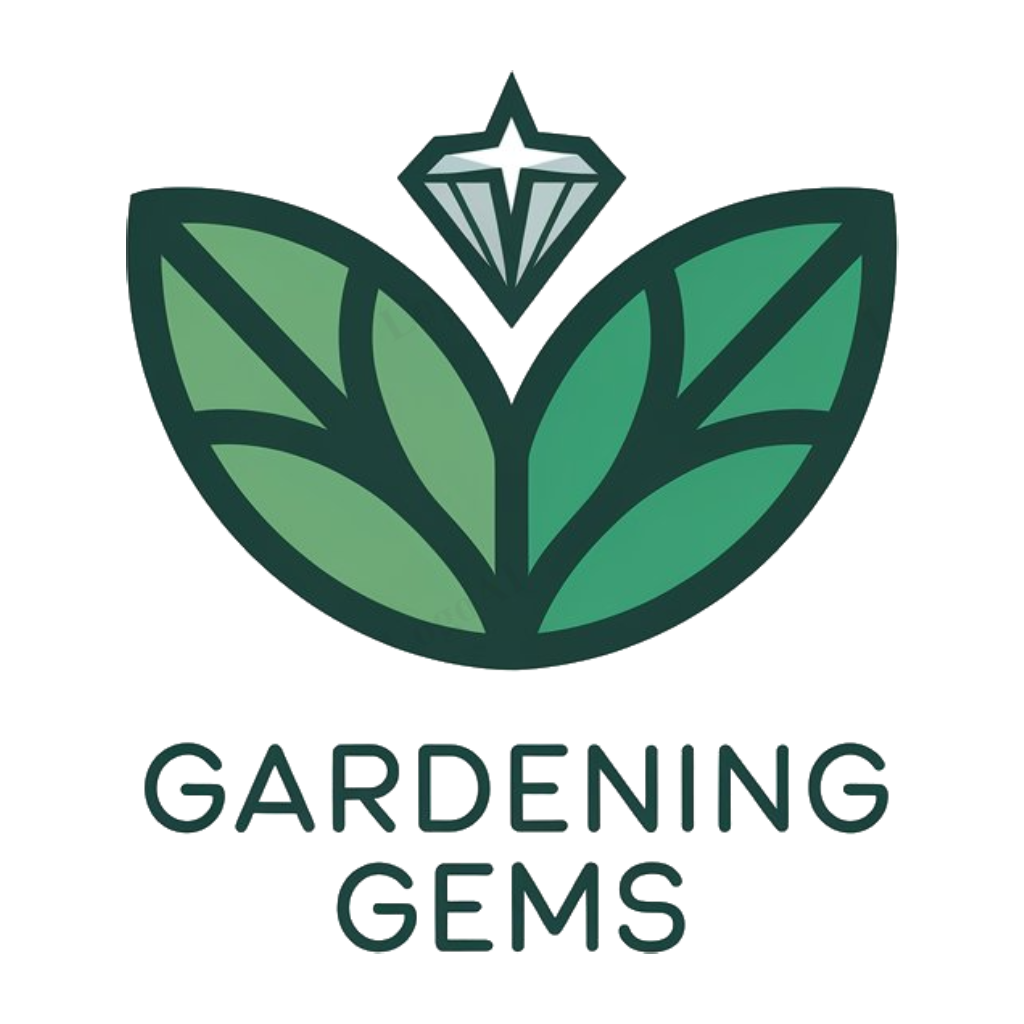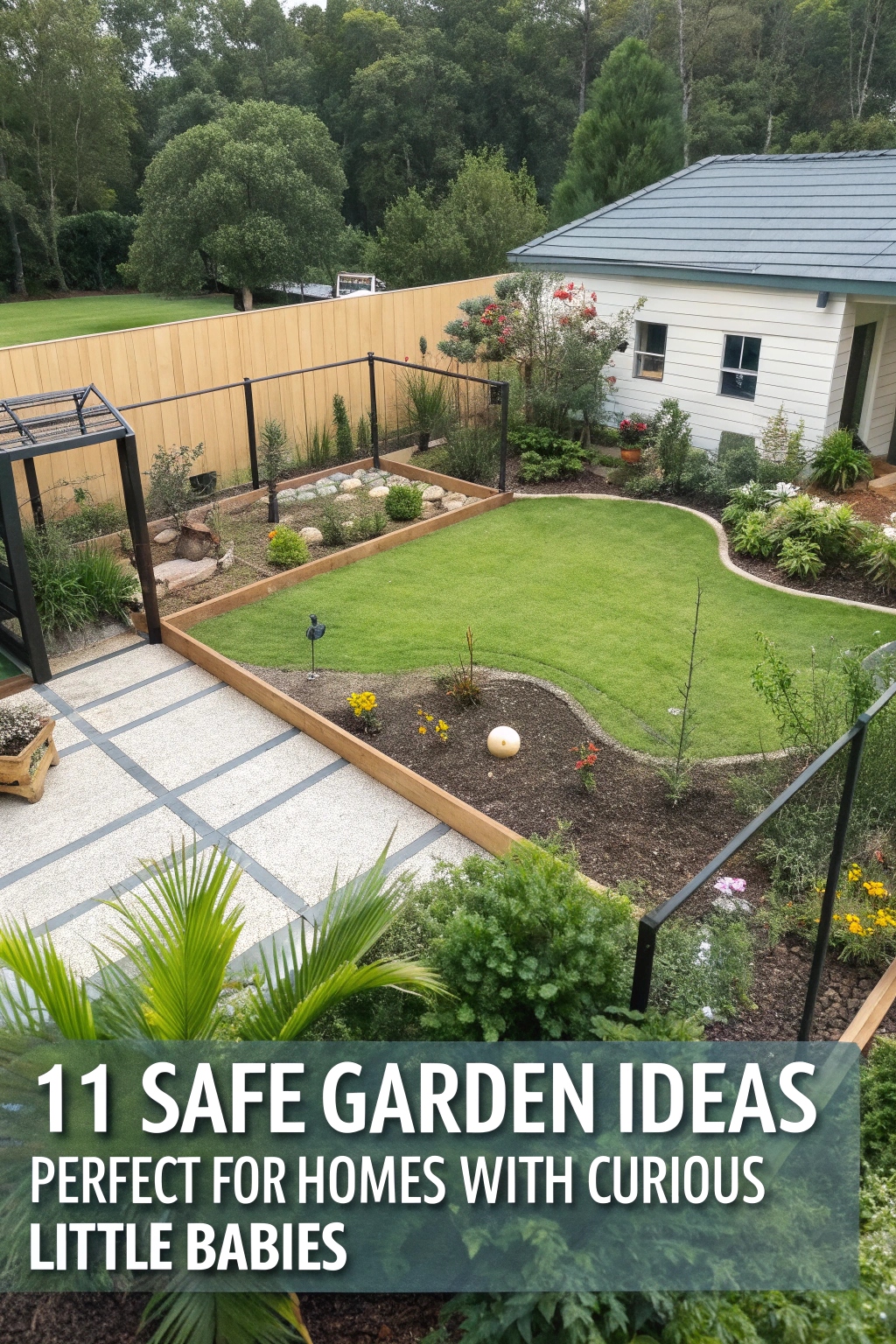Creating a safe garden for your curious little baby is a great idea. It’s vital to think about their safety when designing the outdoor space. You’ll need to choose soft landing surfaces and non-toxic plants to ensure their well-being.
A safe garden is not just about beautiful flowers and trees, it’s about creating a secure space for your baby to explore and play. By including essential elements like fences, gates, and safe pathways, you can guarantee a fun and worry-free outdoor experience for your little one. This will give you peace of mind and allow your baby to enjoy nature’s wonders.
Non-Toxic Plant Selection
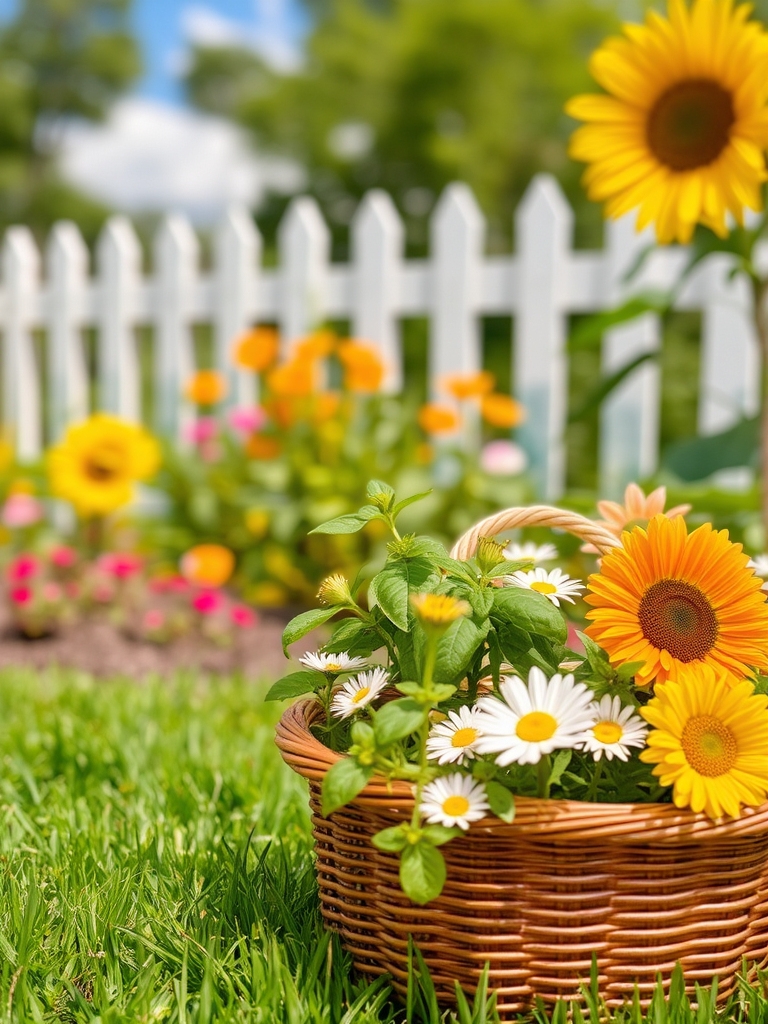
Non-toxic plant selection is crucial for homes with babies. Opt for plants like basil, daisies, and sunflowers, which are safe if accidentally ingested. Avoid plants with toxic berries, seeds, or leaves, such as oleander, castor bean, and rhododendron.
Securing Heavy Objects And Furniture

Securing heavy objects and furniture is vital in a baby-friendly garden. Make certain that large planters, benches, and other heavy items are stable and anchored to prevent tipping over, reducing the risk of accidents and injuries to curious babies who may try to climb or pull on them.
Slip-Resistant Pathways And Walkways
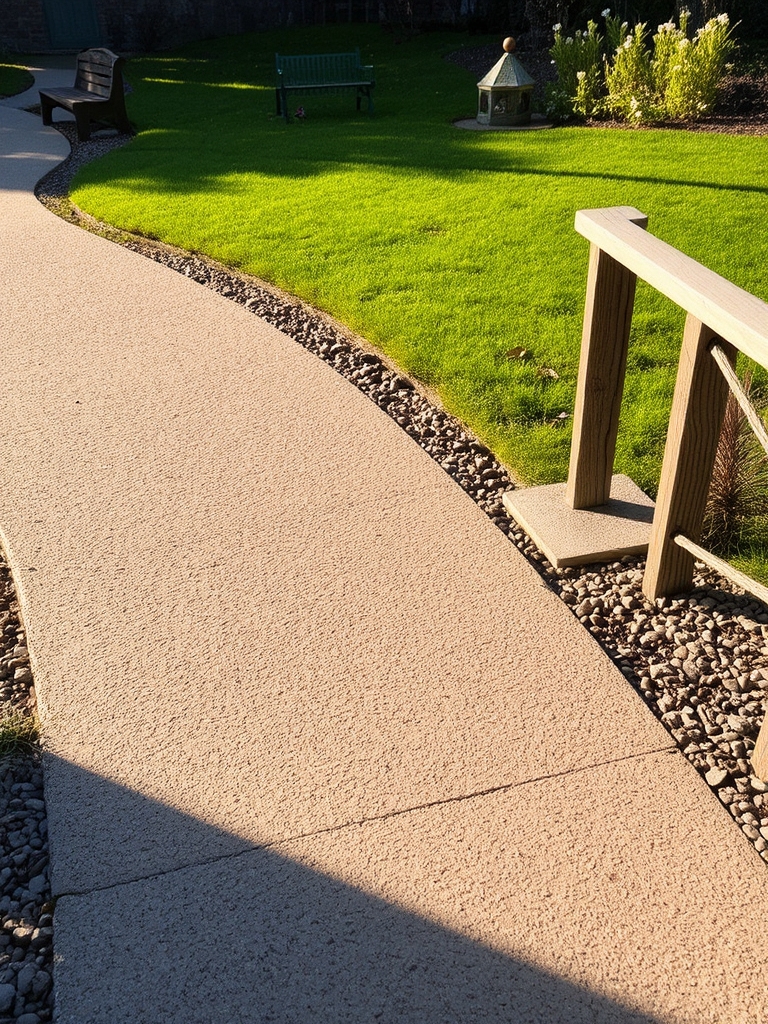
Slip-resistant pathways and walkways are vital in baby-friendly gardens. Use materials like textured concrete, brick, or gravel to reduce the risk of slipping. Additionally, install handrails and guarantee even surfaces to prevent tripping, creating a safe environment for babies to explore and play. Regularly inspect and maintain pathways to prevent hazards.
Safe Water Feature Options

For homes with babies, consider safe water feature options like shallow fountains or small ponds with secure fencing. These can add visual interest without posing a drowning risk. Alternatively, opt for self-contained water features like bird baths or wall-mounted designs that are out of reach for little ones.
Electrical Outlet And Cable Safety
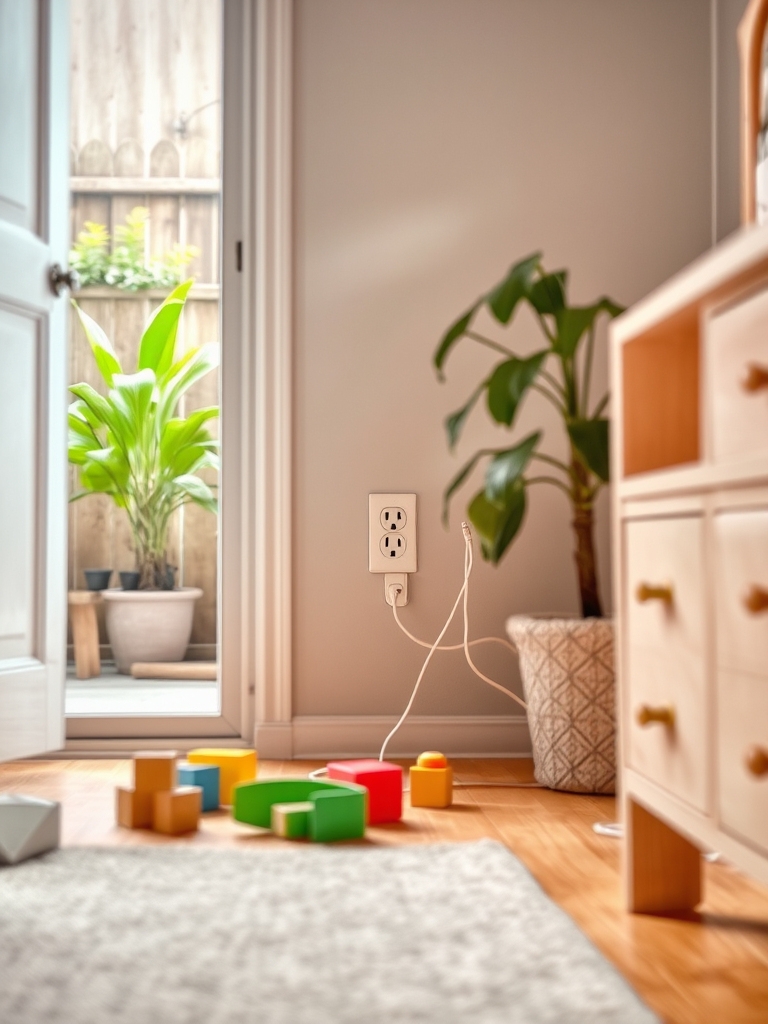
Secure electrical outlets with tamper-resistant covers and keep cords out of reach to prevent babies from accessing them. Organize cables and wires to minimize tripping hazards, and consider cord protectors or concealers to reduce the risk of electrical shock and injury.
Fence And Gate Safety Measures
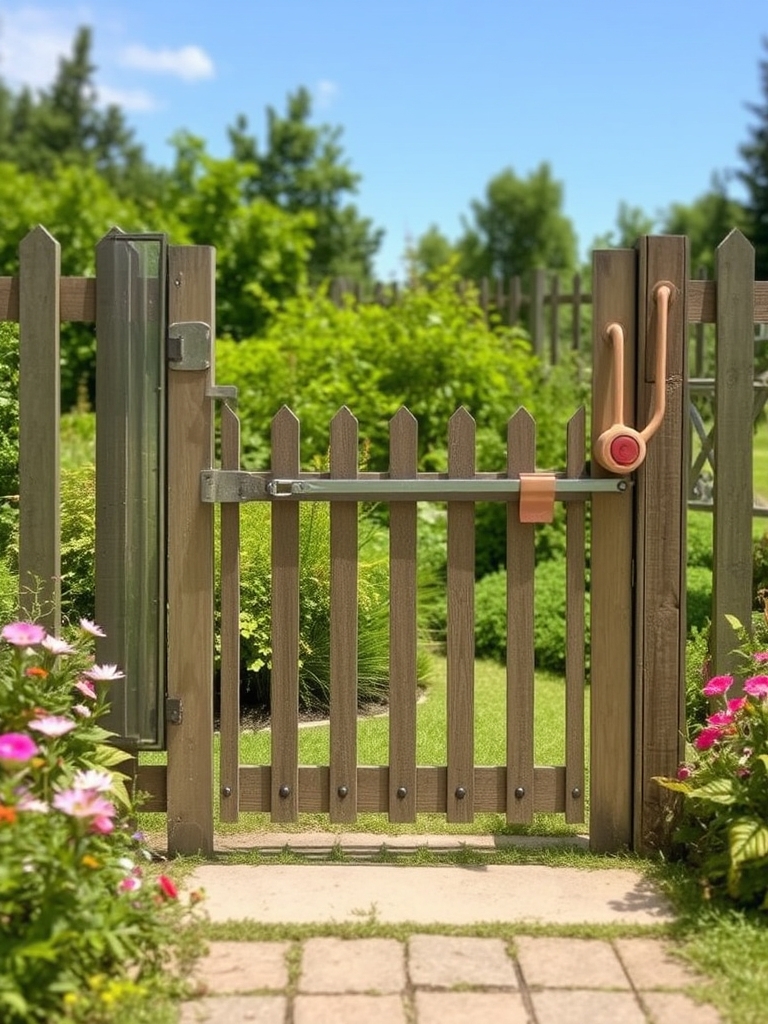
Install fences that are at least 4 feet tall to prevent babies from climbing over. Gates should be self-latching and out of reach of little hands, with a secure locking mechanism to prevent accidental openings. Consider adding a gate alarm for extra safety and peace of mind. Regularly inspect fences and gates for damage or wear.
Playground Equipment Inspection
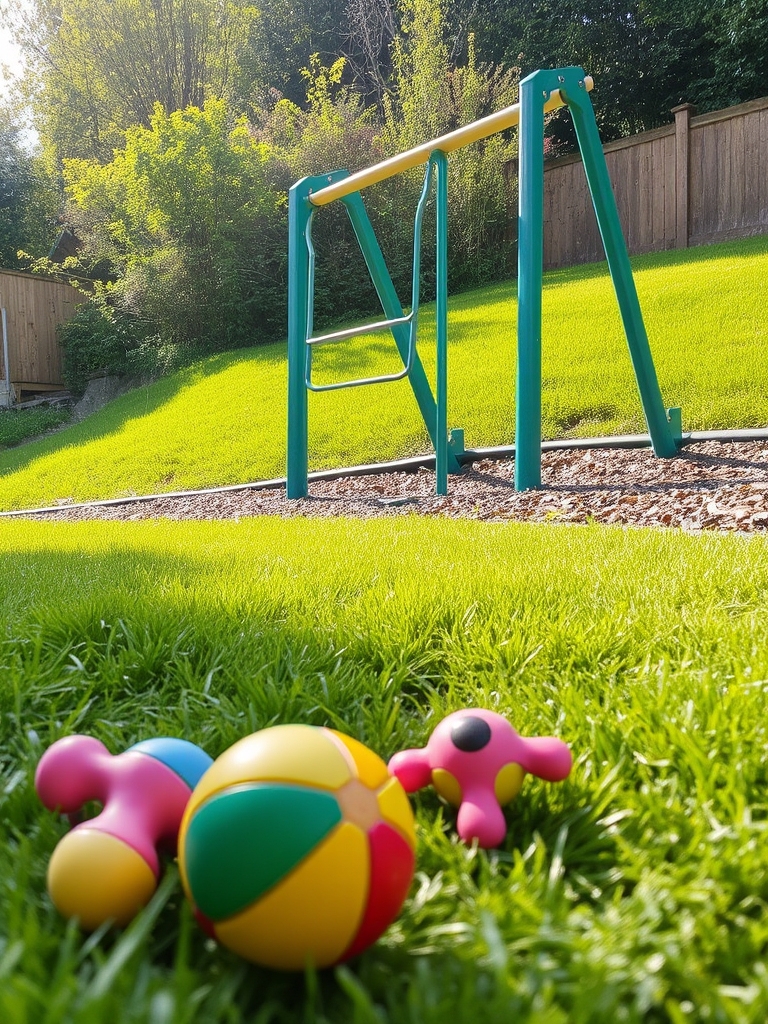
Regularly inspect playground equipment for sharp edges, loose parts, and wear. Check for stability and guarantee soft landing surfaces, like wood chips or rubber, surround the equipment to minimize injury risk. Secure any heavy objects and consider anchoring equipment to prevent tipping.
Supervised Play Areas Design

Supervised play areas should be designed with safety in mind, incorporating soft surfaces, secure fencing, and minimal hazards. Guarantee that play equipment is stable and age-appropriate, and that adults have an unobstructed view of the area to monitor children at all times. Regularly inspect the area for potential risks.
Gardening Tool Storage Solutions
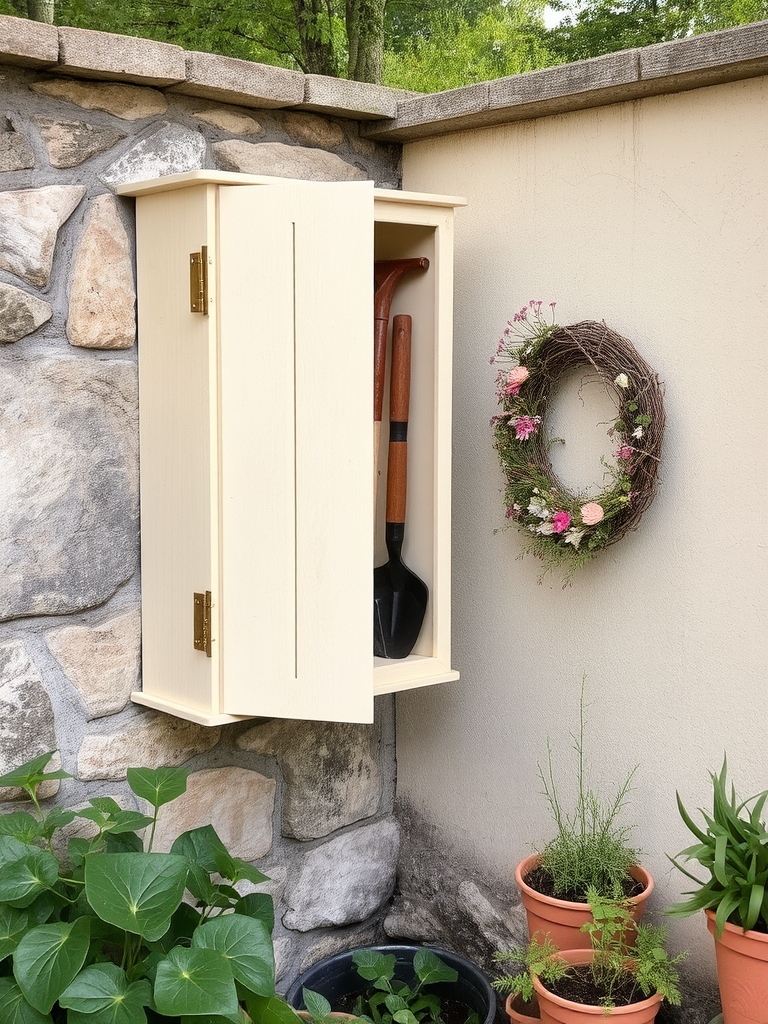
Secure gardening tool storage is essential in homes with babies. Lockable sheds or cabinets can keep sharp objects and toxic substances out of reach. Consider wall-mounted or hanging storage solutions to maximize space and reduce tripping hazards, ensuring a safe environment for curious babies to explore while protecting them from potential dangers.
Allergen-Friendly Garden Choices
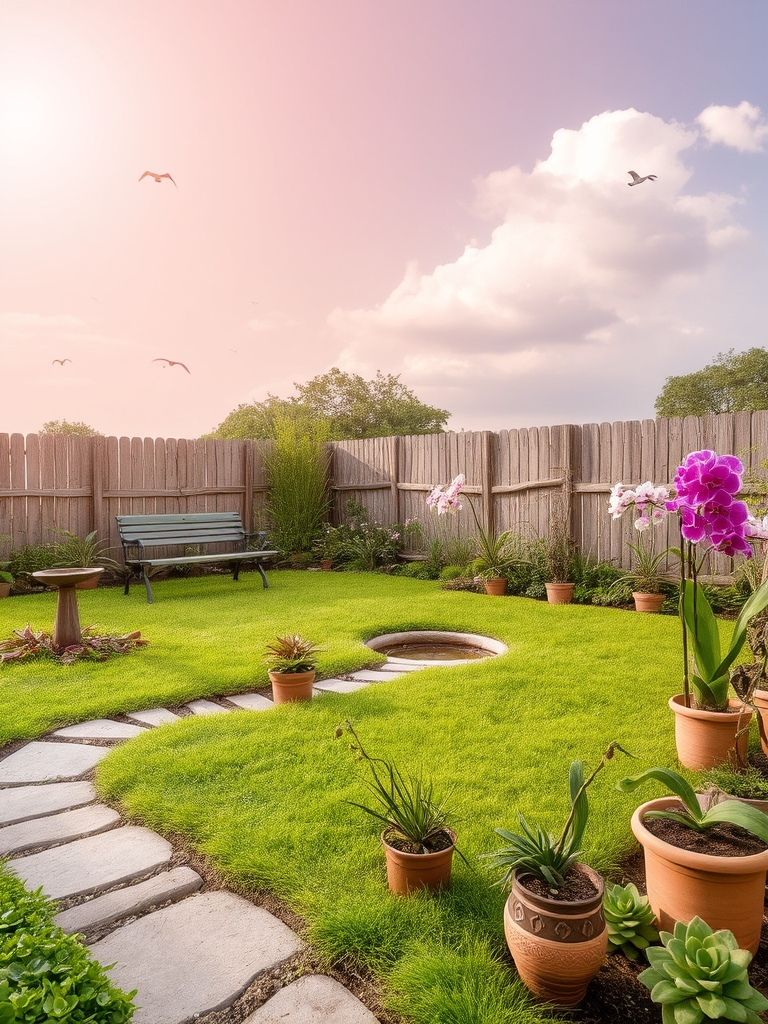
Choose plants with low allergenic potential, such as succulents or orchids, to minimize the risk of allergic reactions in babies. Opt for hypoallergenic grasses and avoid strong-scented flowers or trees that produce excessive pollen, like lavender or oak. This approach helps create a safe outdoor space for babies to explore and play.
Nighttime Garden Lighting Safety
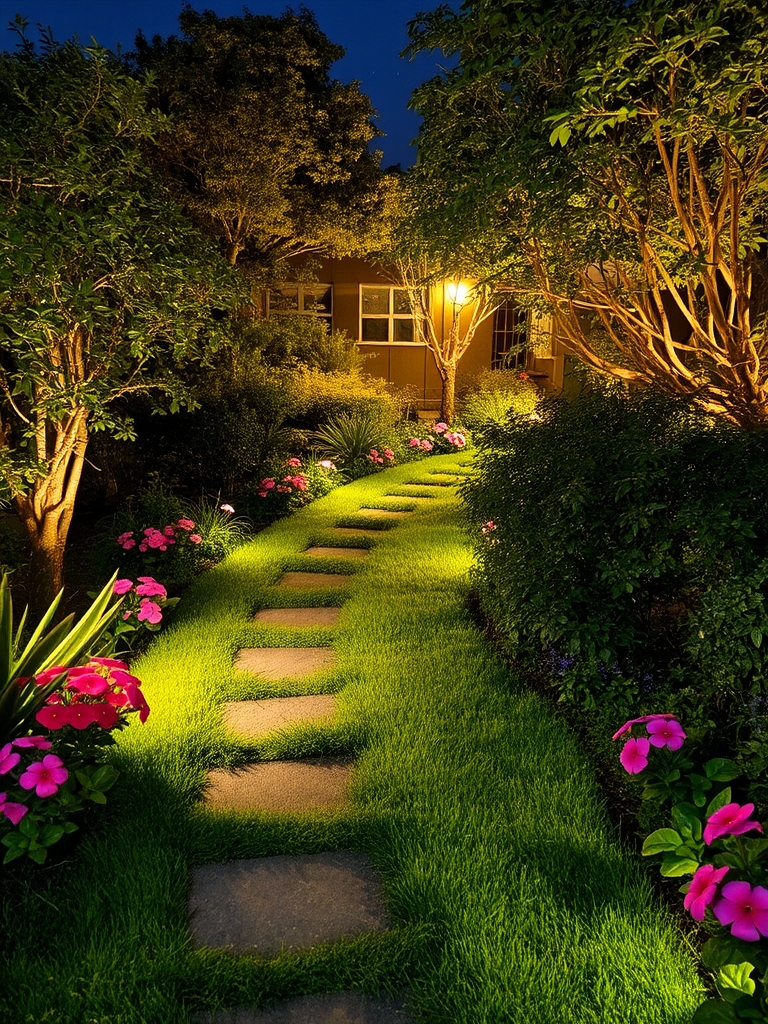
Nighttime garden lighting requires careful consideration to guarantee safety for babies. Soft, low-level lighting can be used to illuminate pathways, while avoiding harsh or bright lights that may be overwhelming. Solar-powered lights or LED lights with sensors can be good options, reducing the risk of electrical accidents and minimizing distractions.
Conclusion
You’ve baby-proofed your garden, congrats! Now, don’t get too comfortable, you’ll still need to supervise those tiny humans. With soft surfaces, non-toxic plants, and secure furniture, you’ve got a safe space – for now. Just remember, curious babies are like tiny little Houdinis, so stay vigilant, it’s a never-ending battle to keep them safe outside.
